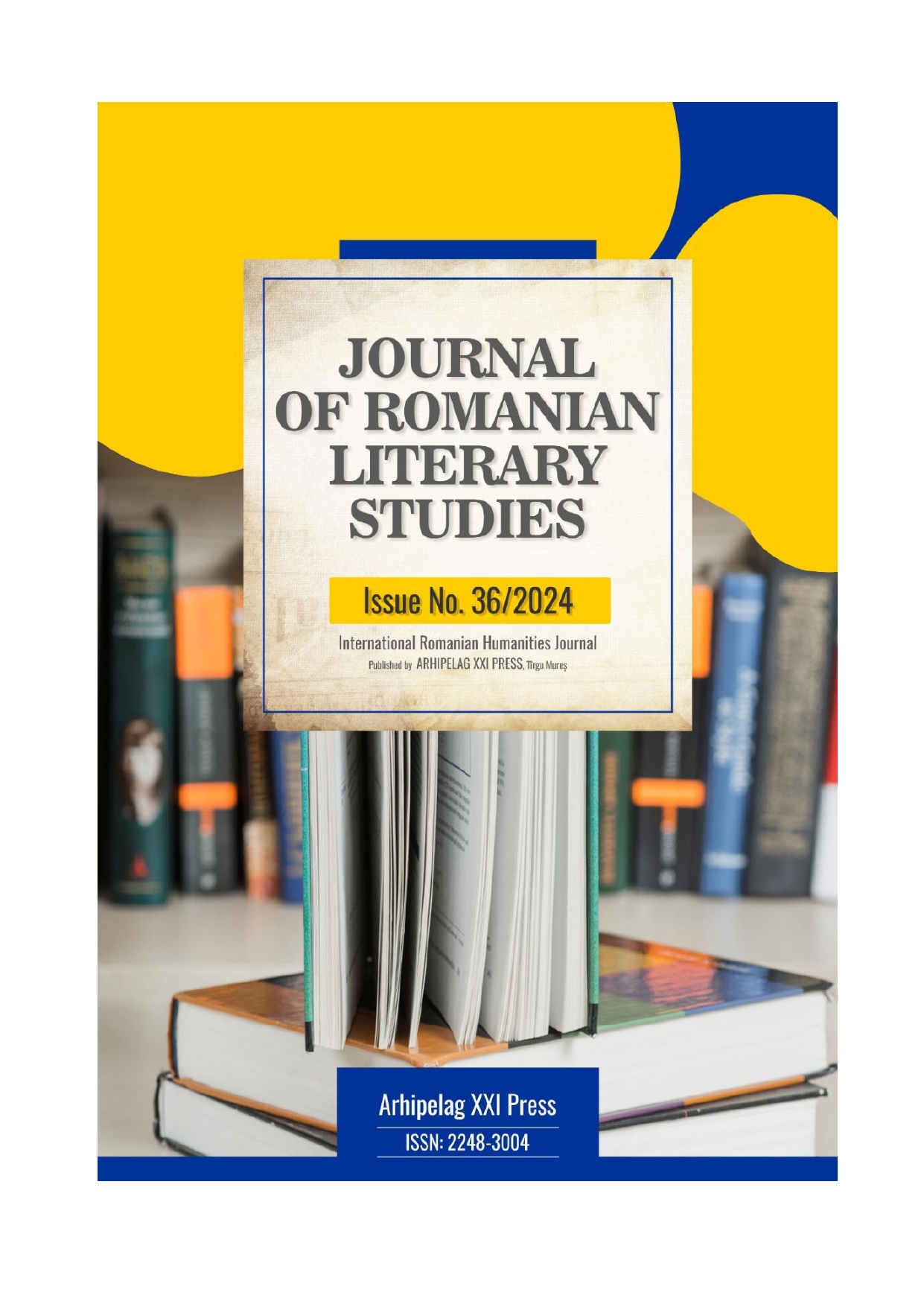THE CONTEXT OF THE PROMULGATION OF THE LAW OF PUBLIC INSTRUCTION IN 1864 AND THE CONTROVERSIES OF THE NORMATIVE ACT
THE CONTEXT OF THE PROMULGATION OF THE LAW OF PUBLIC INSTRUCTION IN 1864 AND THE CONTROVERSIES OF THE NORMATIVE ACT
Author(s): Mirela Irina Cula (Pascu)Subject(s): Cultural history, History of Law, History of ideas, Local History / Microhistory, Political history, Social history, History of Education, 19th Century, Philosophy of Law, Sociology of Law
Published by: Editura Arhipelag XXI
Keywords: the Law of Public Instruction (1864); context; controversies; project; debate;
Summary/Abstract: The union of the Principalities through the double election of Alexandru Ioan Cuza (1859) represented the foundation of the modern Romanian state and was followed by numerous legislative initiatives aimed at ensuring full unification, among them a new education law, namely the Law of Public Instruction. The new law was promulgated by the ruler on November 25, 1864 and represented the brick that was the basis of the construction of the modern Romanian education system. Since the beginning of the reign of Al. I. Cuza, the problem of the education system, its organization on modern and unitary principles was a priority not only of the ruler, but also of the politicians around him. That is why the Law of Instruction (1864) was the result of the long-term work of numerous political and cultural people, but nevertheless caused, from the beginning, two great controversies regarding its content as well as the context in which the normative act was developed. The first of these controversies was related to the wider circumstances of the adoption of foreign models in the Romanian society, and the second referred to the short time in which the new education law was drafted (June-November 1864). The adoption of the foreign models in the Romanian society was a problem that referred not only to education, but also to other fields, being one of the ways through which the modernization of the Romanian society was achieved. The Law of Instruction from 1864 represented a synthesis of the principles included in the Romanian political projects developed at the end of the 18th century and in the first half of the 19th century, but also of some principles taken from the Western models, all adapted to the realities of the Romanian society from the second half of the 19th century, a society in constant change especially after the Union of the Romanian Principalities in 1859. More than that, this law was the fruit of solid concepts and principles and that is why it lasted a long period of time, despite all the appeals and attempts of abolishment that have existed.
Journal: Journal of Romanian Literary Studies
- Issue Year: 2024
- Issue No: 36
- Page Range: 1115-1121
- Page Count: 7
- Language: English

